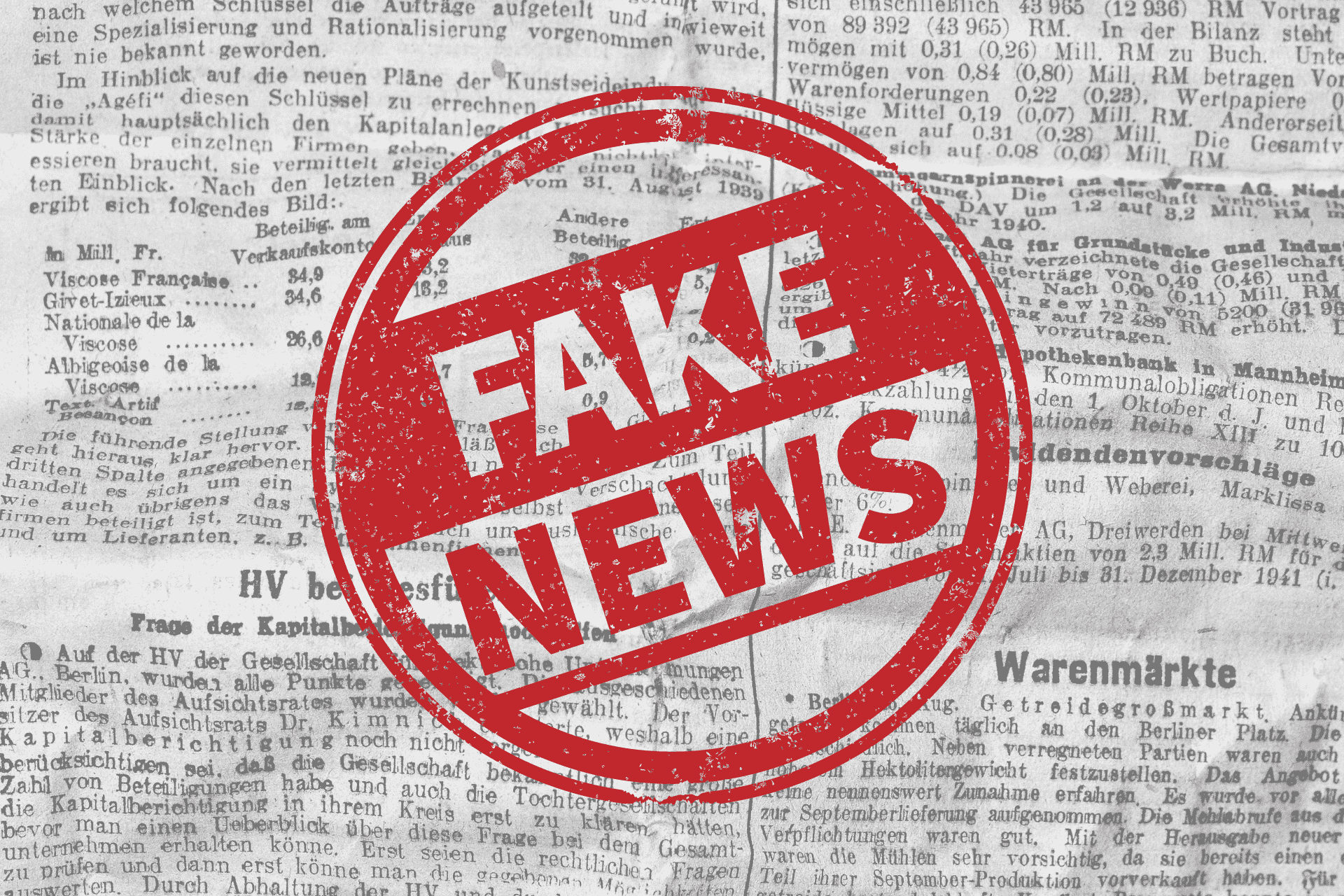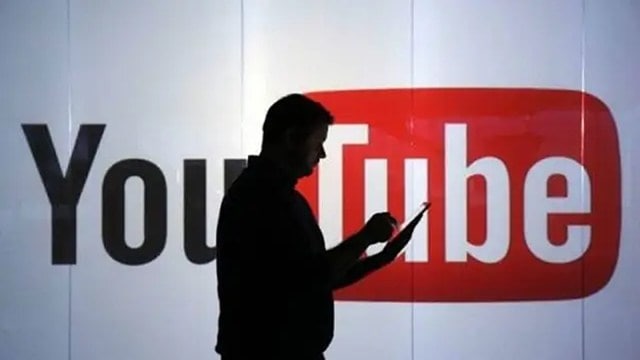The Danger of Fake News in Inflaming or Suppressing Social Conflict

Social Conflict, American Style
Fake news—news articles that are intentionally and verifiably false designed to manipulate people’s perceptions of reality—has been used to influence politics and promote advertising. But it has also become a method to stir up and intensify social conflict. Stories that are untrue and that intentionally mislead readers have caused growing mistrust among American people. In some cases, this mistrust results in incivility, protest over imaginary events, or violence. This unravels the fabric of American life, turning neighbor against neighbor. Why would anyone do this? People, organizations, and governments—foreign governments and even our own—use fake news for two different reasons. First, they intensify social conflict to undermine people’s faith in the democratic process and people’s ability to work together [1]. Second, they distract people from important issues so that these issues remain unresolved. This section explores how fake news is used for distraction and intensifying conflict.
Intensifying Social Conflict
People with malicious intent can use fake news to make American national conflicts more intense. Politically motivated fake news came from multiple sources: foreign governments, such as the Russian Internet Research Agency; American political operatives who used illegitimately-acquired Facebook data from the Cambridge Analytica firm to convince social media users how to vote; and from politically motivated groups, such as the alt-right, alt-left, and conspiracy theorists. Despite their different goals, they spread similar fake news stories.
Russia’s Internet Research Agency
During and after the 2016 election, Russian agents created social media accounts to spread fake news that stirred protests and favored presidential candidate Donald Trump while discrediting candidate Hillary Clinton and her associates. They paid Facebook for advertisements that appeared on that site to spread fake news and turn Americans against one another. The U.S. Congressional Intelligence committees responsible for investigating fake news have released 3,500 of these advertisements to the public.
Ads focused on controversial social issues such as race, the Black Lives Matter movement, the 2nd Amendment, immigration, and other issues. The Russians even went so far as to stage protests and counter protests about a given issue, literally having Americans fight one another.
Cambridge Analytica was a company that specialized in using data from social media to build psychological profiles about social media users in various countries. It acquired data for 87 million Facebook users without the users’ knowledge or consent [3]. With these data—specifically a person’s “Likes”—they were able to predict people’s political preferences and issue interests. Political campaign operatives coordinated by Donald Trump’s chief strategist, Steve Bannon, used this information to target political advertisements and memes on Facebook that mainly focused on discrediting Hillary Clinton’s presidential campaign and influencing Americans on a number of pro-Trump issues [4]. These messages were often inflammatory, sensationalistic, sometimes violent, and false. They exploited data that many Americans never agreed to share with advertisers.
Other Political Groups
Another major effort to disrupt American society has been to fuel fires of suspicion and conspiracy in the wake of major social tragedies—mass shootings, in particular. Conspiracy theorists were fed, and quickly reposted content that originated from Russian agents, political campaign operatives, and other fake news sources, which claimed that these shootings were staged (usually, they claimed, to fool people into supporting gun restrictions). People shared these messages across their social networks. Professor Kate Starbird at the University of Washington assessed this ripple effect by analyzing the links from tweets to websites and comments that promoted the belief that the mass shootings weren’t real [5]. Her computer program collected tweets with hashtags that included terms like “false flag,” “crisis actor,” and “staged.” Overall, she collected 99,474 tweets from 15,150 users. The tweets referenced 117 websites, 80 of which were “alternative media,” or fake news. Additionally, 44 websites had a clear political agenda: 22 were alt-right, 4 were alt-left, and 7 were anti-globalist.
Fake news poses a serious threat to American democracy. During the 2016 US presidential election, fake news was more prevalent on social media than genuine news and it’s unclear whether interventions from Facebook and Twitter and the U.S. government changed this in subsequent elections. Although social media companies are attempting to slow the spread of misinformation by implementing fact-checking programs, these tactics to identify, flag, and remove misinformation, especially regarding the COVID-19 vaccines, are not as effective as they should be. This places additional responsibility on social media users to recognize Fake News and report these posts or avoid interacting with them altogether [6]. Over 62% of Americans receive their news from social media [7]. This makes a large portion of the public vulnerable, because people who read fake news are very likely to believe it. Regardless who posts it, fake news intentionally undermines trust in the news and the government.
Fake News and the 2020 Black Lives Matter Protests
In the summer of 2020, George Floyd’s death sparked outrage in America and led to thousands of Black Lives Matter protests across the country. With BLM a leading topic across mainstream media, the prevalence of fake news on social media led to increased racial and political divides in the U.S. Misinformation, fake news articles, and falsely edited images began circulating online about BLM. Graham Brookie, director of the Atlantic Council’s Digital Forensic Research Lab, explained that “The combination of evolving events, sustained attention and, most of all, deep existing divisions make this moment a perfect storm for disinformation” [8].



